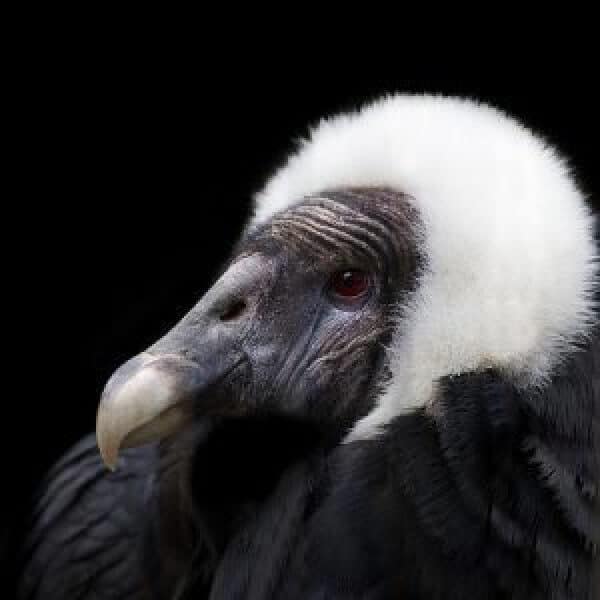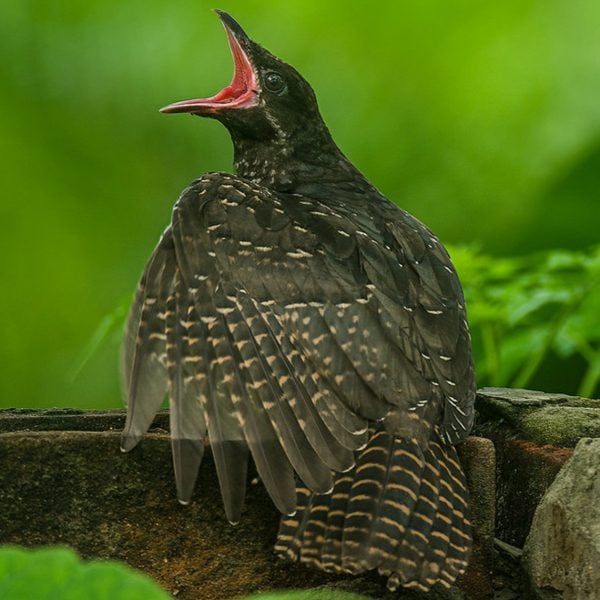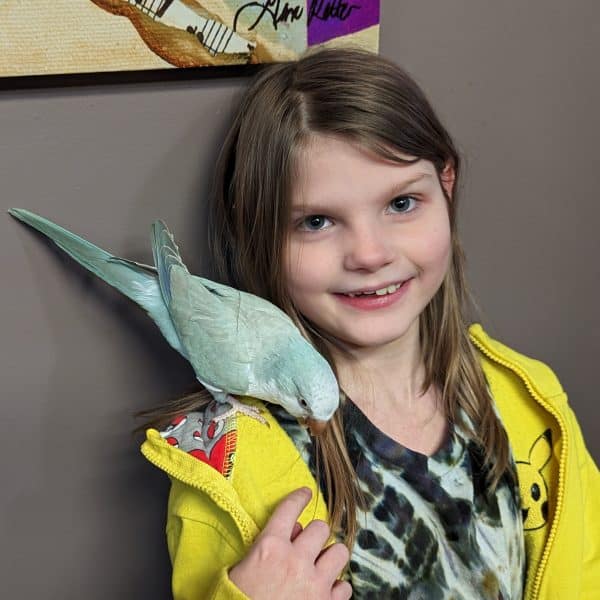Last Updated on by Mitch Rezman
BIRD NOTES:
WINTER BIRD FEEDING
If you feed birds, you’re in good company. Birding as a hobby currently stands second only to gardening as America’s favorite pastime. A 1997 report from the Kaytee Avian Foundation estimates that 43 percent of U.S. households or about 65 million people provide food for wild birds. And, as a nation, we spend at least 2.5 billion dollars annually on bird-related products, including birdseed and bird feeders.
Wintertime – and the Living’s Not Easy
In much of North America, winter is a difficult time for birds. Days are often windy and cold; nights are long and even colder. The lush, berry laden vegetation of summer and fall has withered and been consumed, and most insects are dead or dormant. Birds may have dif? culty ? nding enough food during the short winter days to fuel their internal furnaces.
Setting up a backyard bird feeder makes their lives easier and ours more enjoyable. To observe birds at your backyard feeder, you don’t need to brave the elements – you can simply watch the show from the comfort of your own home. One study, being done at Purdue University, is focusing on how a home-based, wild-bird feeding program can increase knowledge of birds and conservation issues among children. In addition, participants in the Cornell Lab or Ornithology’s Project Feeder Watch have indicated that the project has changed the way they think about science and conservation. In other words, feeding birds can benefit both birds and humans.
Types of Bird Food
During the spring and summer months, the diet of most songbirds is composed mainly of insects and spiders. These tiny creatures are highly nutritious, abundant, and, for the most part, easily captured. During fall and winter, however, nonmigratory songbirds must shift their diets to fruits and seeds to survive. This is the time of your when winter bird-feeding enthusiasts should roll out the welcome mat and set the table. The question is, what to serve for dinner. The shelves of many supermarkets and specialty bird-feeding stores are stocked; with bags, buckets, and cakes of many food types. You may ? nd the task of selecting the best foods to purchase a bit confusing. One way to attracting a diversity of bird species is to provide a variety of food types, but that doesn’t mean you need to purchase one of everything on the shelf.
Which Seed Types Should I Provide
Different birds prefer different types of seeds, but the seeds that attract the greatest number of species are black-oil sun? ower. These seeds have a high meat-to-shell ratio, they are nutritious and high in fat, and their small size and thin shells make them easy for small birds to handle and crack. (Striped sun? ower seeds are larger and have a thicker seed coat.) Several studies show that this high-energy food is the flock-pleasing favorite of the majority of birds that visit feeders. In fact, if you ? ll a feeder with a standard mix-a blend of sunflower, milo, millet, flax, and buckwheat seeds – you’ll see many birds actually kick out the smaller seeds to get to the prized sun? ower seeds. The table at the end of this BirdNote is based on studies conducted by the Cornell Lab. Nevertheless, birds’ feeding habits vary based on weather patterns, geographic region, season, and even individual taste, so you may have exceptions to these guidelines.
In the table, “corn” refers to dried, whole-kernel corn, a favorite food for jays, pigeons and doves, quail, and pheasants. It is perhaps the least expensive of all bird seeds. Cracked corn, however, is easier to eat for blackbirds, Finches, and sparrows. “Millet” comes in red and white varieties, but most birds prefer white proso millet over red. “Nyjer,” or thistle seed, is a delicacy for small Finches such as gold Finnches, siskins, and redpolls. Because nyjer seeds are small and expensive, it’s best to offer them in a special nyjer feeder, which As an added bonus, it has limited appeal to starlings, House Sparrows, and squirrels. Peanuts are another readily available food that many backyard birds will eat. While sunflower seeds are favored by most feeder birds, some birds do prefer other seeds. For example blackbirds like corn, and doves prefer corn milo and millet. A Cornell Lab of Ornithology, called the Seed Preference Test, found that most ground feeding
birds species prefer white millet or red milo to black- oil sun? ower seed, but many tree-feeding species prefer sunflower seed. Experiment to see what your birds like best!
As an alternative to commercial mixtures, which may have a high percentage of less appealing “Filler seeds” such as red milo, you can create an attractive, low-cost mixture yourself. Pour one 25 pound bag of black oil sunfower seed, one 10 pound bag of white proso millet, and one 10 pound bag of cracked corn into a clean trash barrel, mix it up with a broomstick, and be sure to replace the lid tightly. In fact, always store whatever seed you decide to provide in a tight, waterproof container. Metal containers work best to prevent
rodents from gnawing their way into your food supply.
Leftover: For Birds
You don’t have to limit your offerings to commercial birdseed. Some people save the seeds from squash and melons. This is a great way to put the seeds from your Halloween pumpkins to good use. Some birds relish these seeds even more than black-oil sunflower. Spread them out on trays to air dry before placing them in your feeders or on the ground. If the seeds are sufficiently dry and free of mold, you can save them to use when winter comes. Smaller birds may have a tough time breaking open vegetable seeds, but if you run the seeds through a food processor first, they will be able to eat them with ease.
Some people throw out scraps of stale bread, cake, or doughnuts for their feathered visitors. There’s nothing wrong with this, but be sure the food is not moldy, or it may harm the birds. Another caveat: table scraps may attract less-welcome visitors such as European Starlings, House Sparrows, rats, or raccoons. Attracting nuisance species can be a real problem in urban and suburban areas, so try to be considerate of
your neighbors when feeding leftovers.
High Energy Foods
You can also attract insect-eating birds such as chickadees, woodpeckers, and nuthatches to your yard by offering peanut butter or suet (beef fat). Birds that live in cold climates especially appreciate these high energy foods. Some people worry that birds will choke on sticky peanut butter. There’s no evidence that they do, but you can completely eliminate any risk by mixing peanut butter with corn meal or oatmeal. For a good summer bird food, mix one part each of peanut butter, ? our, and vegetable shortening, with three parts of cornmeal or cracked corn. Drill holes in a small log and ? ll the holes with the peanut butter trunks, branches, or a feeding platform. Your feathered visitors will enjoy this recipe all summer.
Suet, on the other hand, should be used only as a winter food, because it quickly turns rancid in warm weather. The plain beef suet available at most supermarket meat departments is an excellent high energy food. Offer the suet in a wire basket or plastic mesh bag (the kind onions come in) tied to a tree. Pre-made suet cakes are also available in most stores that sell bird feeding supplies. These cakes often contain a mix of bird seeds. The cakes are great to have on hand in case your local supermarket is out of suet. has tiny ports that prevent the seeds from spilling out. Saf? ower is another seed that many birds like – most
Fruity Offering
Birds such as robins, thrushes, bluebirds, and waxwings don’t usually show up at feeders because seeds are not a major component of their diet. But you can still tempt them to dinner with an offering fruit. Try dried fruits such as raisins or currants which have been softened by soaking them in warm water. Mockingbirds, catbirds, robins, tanagers, and orioles will also find sliced fresh fruit attractive. You can offer fruit on a platform
feeder or simply on plate on the ground; some feeder companies sell special “fruit feeders” that allow you to impale half an apple or orange on a spike. You can also make these fruit feeders by driving a series of nails through a board and attaching the board to your feeding platform. Then, simply skewer orange or apple halves on the nails.
Water, Water, Everywhere
Unfrozen water can be as hard for birds to ? nd in winter as food. Birds need water not only to drink, but also to keep their feathers clean and ? uffy to provide the insulation to keep warm in cold weather. A dependable supply of fresh water will even attract birds to your yard that wouldn’t ordinarily come to your feeders. A shallow, easy-to-clean birdbath is the best kind-an upside-down garbage can lid or large frying pan will work fine. To emulate a natural puddle as closely as possible, simply dig a shallow hole in the ground
and line it with plastic before ? lling it with water. An immersion-style water heater will keep your birdbath unfrozen in the winter. Clean your birdbath often and keep it ? lled with fresh water.
Types of Feeders
The ideal bird feeder is sturdy enough to withstand winter weather, tight enough to keep seeds dry, large enough that you don’t have to re? ll it constantly, and easy to assemble and keep clean. For these reason, plastic or metal feeders work better than wooden ones. In general, seed-feeders fall into three categories: tray feeders, hopper feeders, and tub feeders. Tray feeders are typically placed close to the ground and often attract ground-feeding birds such as junco, sparrows, and towhees. Tray Feeders also work well and they can be mounted on deck railings, stumps or posts. Hopper feeders are very common and are often hung from trees, decks, and poles. These feeders are especially good for larger arboreal species such as cardinals, jays, and grosbeaks. Tube feeders are typically suspended from trees and posts. They are excellent for finches, titmice, and chickadees.
Feeder Placement
Place your feeder in an area free of disturbances where it is easy to see and convenient to refill. Your feeder should be close to natural shelters (cover) such as trees or shrubs. Evergreens are ideal, providing maximum cover from winter winds and predators. If trees and shrubs are too close, however, they can also provide good jumping-off places for squirrels that may be eyeing the seeds, and cats that may be eyeing the birds. A distance of about 10 feet seems to be a happy compromise. You can provide resting and escape cover
for ground-dwelling birds, such as Song Sparrows, by placing large, loosely stacked brush piles near your feeders.
Feeder Maintenance
Clean your feeders often by scrubbing them with soap and water and then dipping them into a solution of one part bleach and nine parts water. Rinse them well, and allow them to dry thoroughly before refilling them with birdseed. Another important maintenance chore is to periodically rake up birdseed hulls beneath the feeders. Decomposing hulls may harbor bacteria that could spread disease to your feeder birds and may kill your lawn or flowers.
Bird Feeding Concerns
Poorly maintained feeders may contribute to the spread of infectious diseases among birds. The feeders themselves can sometimes pose hazards too. Here are some helpful hints for successful bird feeding.
• Avoid overcrowding at feeders by placing numerous feeders several feet apart.
• Keep your feeding area and feeders clean.
• Keep food and food storage containers dry and free of mold and fungus.
• Check your feeders for safety.
Sharp edges can scratch birds and make them susceptible to infection.People wonder whether bird feeding causes birds to change their migratory behavior. The clue that most bird use to migrate is the change in day length rather than the availability of food. Also, peak migration time is late summer and fall, a time when natural foods are readily available anyway. So, it is unlikely that feeding birds has an effect on their migratory patterns.
Many people also worry about what will happen to their backyard visitors when they go on vacation. Ideally, a neighbor or friend should stop by to restock your feeder. Otherwise, try to taper off gradually before you go. Don’t fret, however, it’s fine to stop feeding briefly. In winter, natural food sources often disappear
overnight when they are covered by snow and consumed by other animals. Birds have adapted accordingly – studies show that even birds with full access to feeders consume three-quarters of their diet elsewhere, and that when feeder birds are deprived of supplemental foods, they quickly revert to an all-natural diet. If your neighbors have feeders too, you can rest even more assured that your birds will not starve.
If You Build It, Will They Come?
It may take a while for the word to get out about the new feeder in town. If you are not seeing any birds within a few days of setting up your feeder, try spreading some seeds on the ground around the feeder to make your feeding site more obvious. If the seed in the feeder is blowing out or getting wet, there is a good chance that your birds are getting the same treatment. Your feeder may simply be too exposed. Moving it to a calmer, more sheltered spot may increase visitation. In newly developed housing area, birds may not feel
suf? ciently protected because trees and shrubs may be few in number and small. Placing discarded Christmas trees near your feeder is a quick, if short term, way to provide some cover. Remember too that bird populations fluctuate naturally from year to year, so if you notice a scarcity of feeder birds this year, you may be surprised by an abundance of birds the next year.
For More Information
If you wish to pursue your interest in feeding birds beyond the information contained in this BirdNote, consider joining the Lab of Ornithology’s Project Feeder Watch. For information or to sign up, call (800)
843-BIRD or (607) 254-2414.
Bird Notes from Sapsucker Woods, Number 1 Cat. No. 21 notably, cardinals.
Author Profile

Latest entries
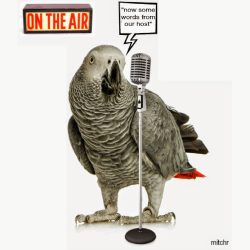 Bird & Parrot CareJune 20, 2025Understanding the Best Way to Use Prevue Pets Mimic Me Voice Trainer
Bird & Parrot CareJune 20, 2025Understanding the Best Way to Use Prevue Pets Mimic Me Voice Trainer Bird BehaviorJune 6, 2025How Do I Keep My Parrot From Dumping His Food Every Day?
Bird BehaviorJune 6, 2025How Do I Keep My Parrot From Dumping His Food Every Day? Birds & LightingMay 16, 2025I Am Seeking Clarity About Lighting for My Birds Cage
Birds & LightingMay 16, 2025I Am Seeking Clarity About Lighting for My Birds Cage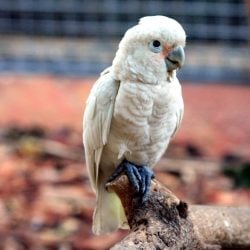 Bird RescueApril 29, 2025How Do We Re-Home a 17 yr Goffin Cockatoo?
Bird RescueApril 29, 2025How Do We Re-Home a 17 yr Goffin Cockatoo?

